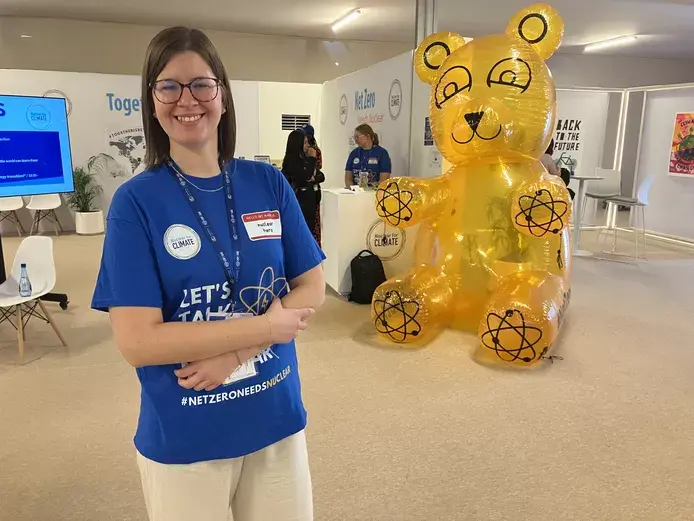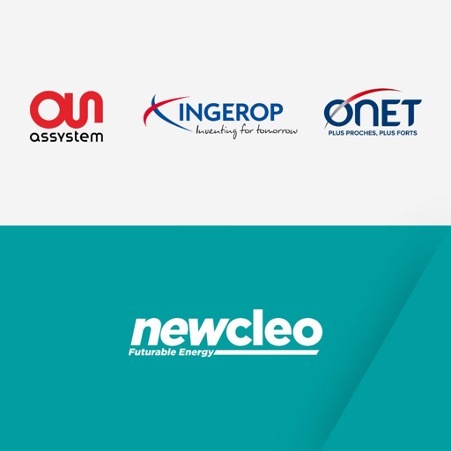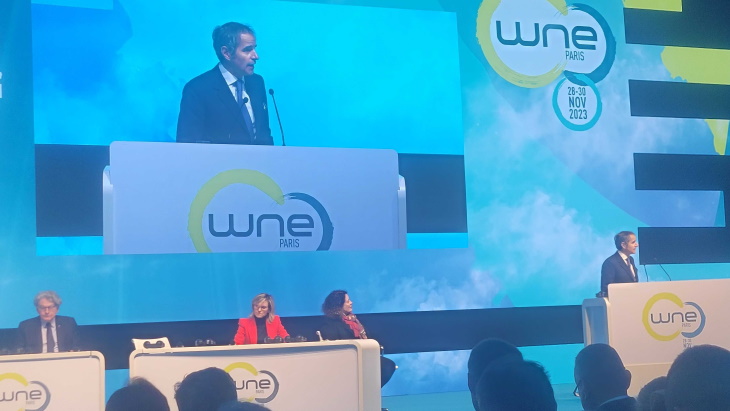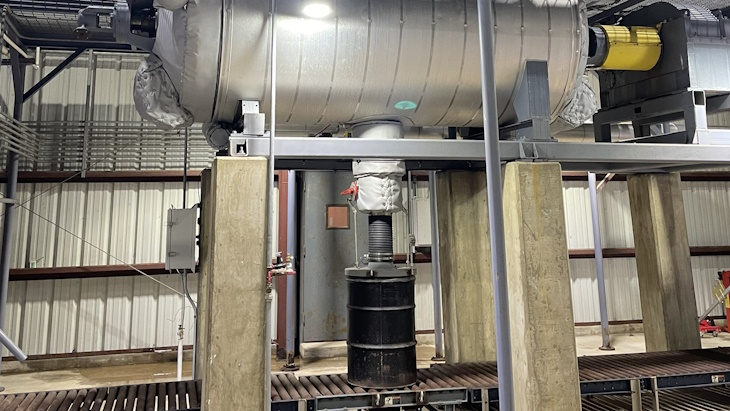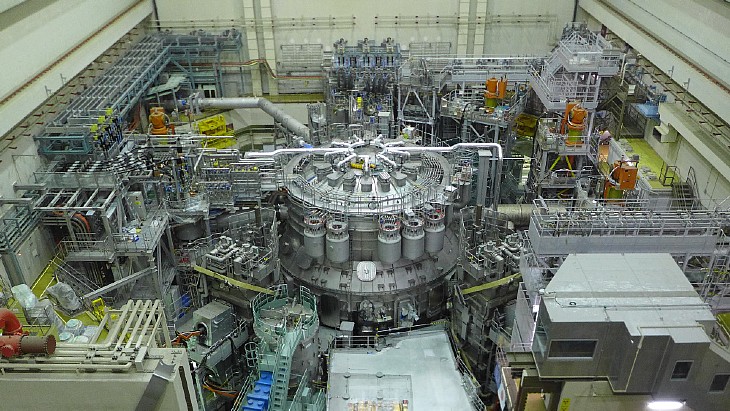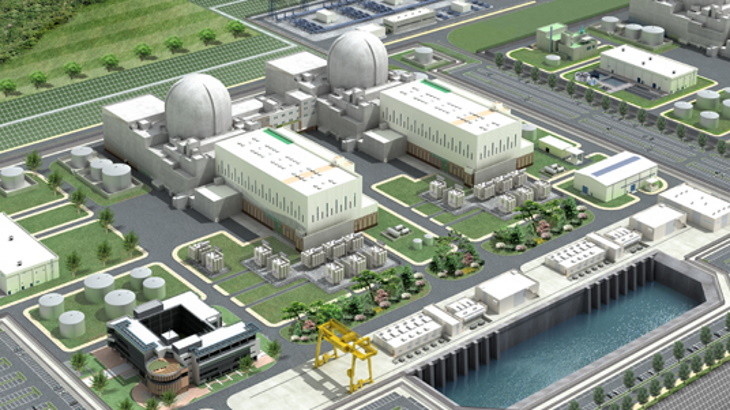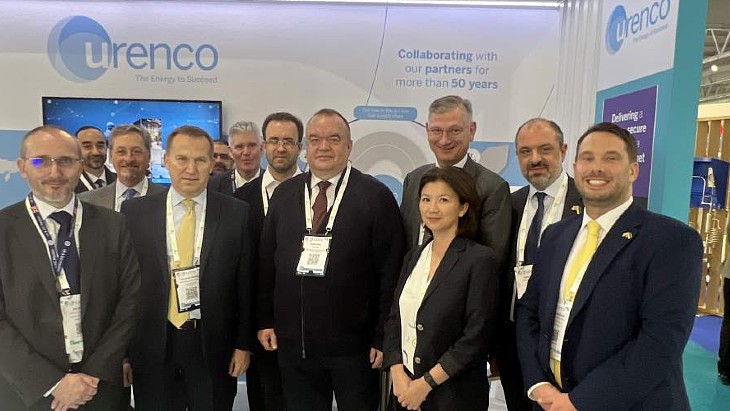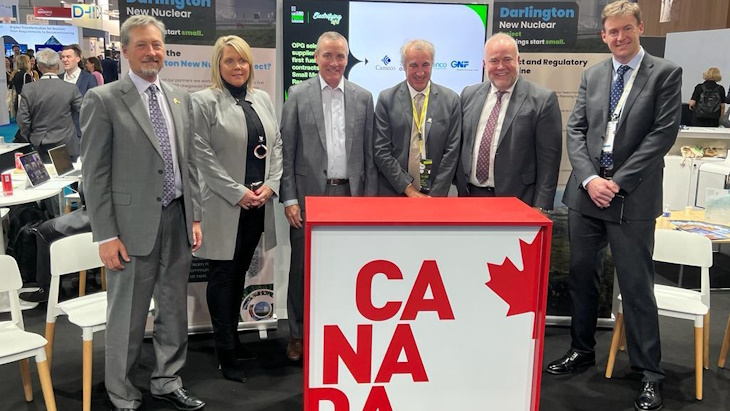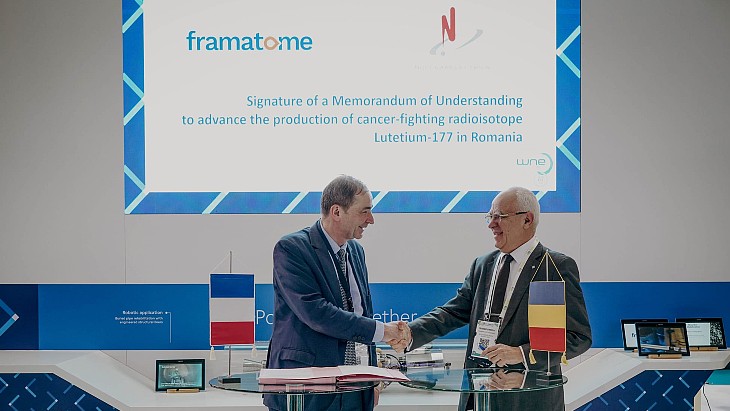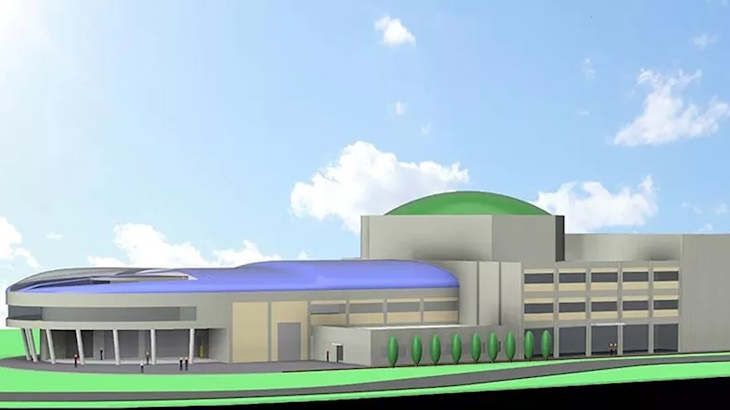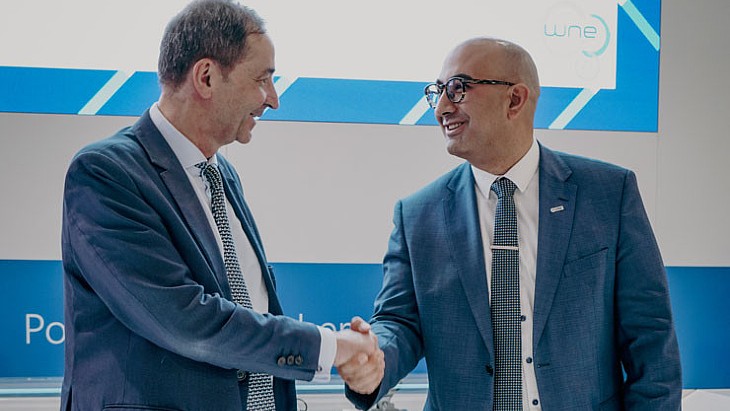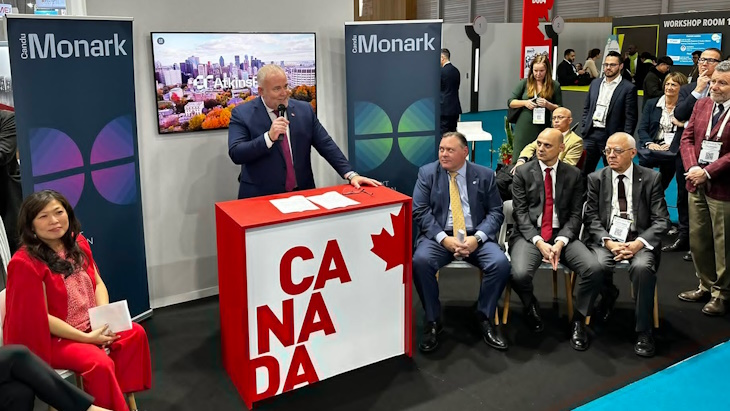DUBAI, UNITED ARAB EMIRATES — During the World Climate Action Summit of the 28th Conference of the Parties to the U.N. Framework Convention on Climate Change today, more than 20 countries from four continents launched the Declaration to Triple Nuclear Energy. The Declaration recognizes the key role of nuclear energy in achieving global net-zero greenhouse gas emissions by 2050 and keeping the 1.5-degree goal within reach. Core elements of the declaration include working together to advance a goal of tripling nuclear energy capacity globally by 2050 and inviting shareholders of international financial institutions to encourage the inclusion of nuclear energy in energy lending policies. Endorsing countries include the United States, Bulgaria, Canada, Czech Republic, Finland, France, Ghana, Hungary, Japan, Republic of Korea, Moldova, Mongolia, Morocco, Netherlands, Poland, Romania, Slovakia, Slovenia, Sweden, Ukraine, United Arab Emirates, and United Kingdom. The full text of the Declaration is below.
Declaration to Triple Nuclear Energy - 02 December 2023
Recognizing the key role of nuclear energy in achieving global net-zero greenhouse gas emissions / carbon neutrality by or around mid-century and in keeping a 1.5°C limit on temperature rise within reach and achieving Sustainable Development Goal 7;
Recognizing the importance of the applications of nuclear science and technology that contribute to monitoring climate change and tackling its impacts, and emphasizing the work of the International Atomic Energy Agency (IAEA) in this regard;
Recognizing that nuclear energy is already the second-largest source of clean dispatchable baseload power, with benefits for energy security;
Recognizing that analyses from the OECD Nuclear Energy Agency and World Nuclear Association show that global installed nuclear energy capacity must triple by 2050 in order to reach global net-zero emissions by the same year;
Recognizing that analysis from the Intergovernmental Panel on Climate Change shows nuclear energy approximately tripling its global installed electrical capacity from 2020 to 2050 in the average 1.5°C scenario;
Recognizing that analysis from the International Energy Agency shows nuclear power more than doubling from 2020 to 2050 in global net-zero emissions by 2050 scenarios and shows that decreasing nuclear power would make reaching net zero more difficult and costly;
Recognizing that new nuclear technologies could occupy a small land footprint and can be sited where needed, partner well with renewable energy sources, and have additional flexibilities that support decarbonization beyond the power sector, including hard-to-abate industrial sectors;
Recognizing the IAEA’s activities in supporting its Member States, upon request, to include nuclear power in their national energy planning in a sustainable way that adheres to the highest standards of safety, security, and safeguards and its “Atoms4NetZero” initiative as an opportunity for stakeholders to exchange expertise;
Recognizing the importance of financing for the additional nuclear power capacity needed to keep a 1.5°C limit on temperature rise within reach;
Recognizing the need for high-level political engagement to spur further action on nuclear power;
The Participants in this pledge:
Commit to work together to advance a global aspirational goal of tripling nuclear energy capacity from 2020 by 2050, recognizing the different domestic circumstances of each Participant;
Commit to take domestic actions to ensure nuclear power plants are operated responsibly and in line with the highest standards of safety, sustainability, security, and non-proliferation, and that fuel waste is responsibly managed for the long term;
Commit to mobilize investments in nuclear power, including through innovative financing mechanisms;
Invite shareholders of the World Bank, international financial institutions, and regional development banks to encourage the inclusion of nuclear energy in their organizations’ energy lending policies as needed, and to actively support nuclear power when they have such a mandate, and encourage regional bodies that have the mandate to do so to consider providing financial support to nuclear energy;
Commit to supporting the development and construction of nuclear reactors, such as small modular and other advanced reactors for power generation as well as wider industrial applications for decarbonization, such as for hydrogen or synthetic fuels production;
Recognize the importance of promoting resilient supply chains, including of fuel, for safe and secure technologies used by nuclear power plants over their full life cycles;
Recognize the importance, where technically feasible and economically efficient, of extending the lifetimes of nuclear power plants that operate in line with the highest standards of safety, sustainability, security, and non-proliferation, as appropriate;
Commit to supporting responsible nations looking to explore new civil nuclear deployment under the highest standards of safety, sustainability, security, and non-proliferation;
Welcome and encourage complementary commitments from the private sector, non-governmental organizations, development banks, and financial institutions;
Resolve to review progress towards these commitments on an annual basis on the margins of the COP;
Call on other countries to join this declaration.
